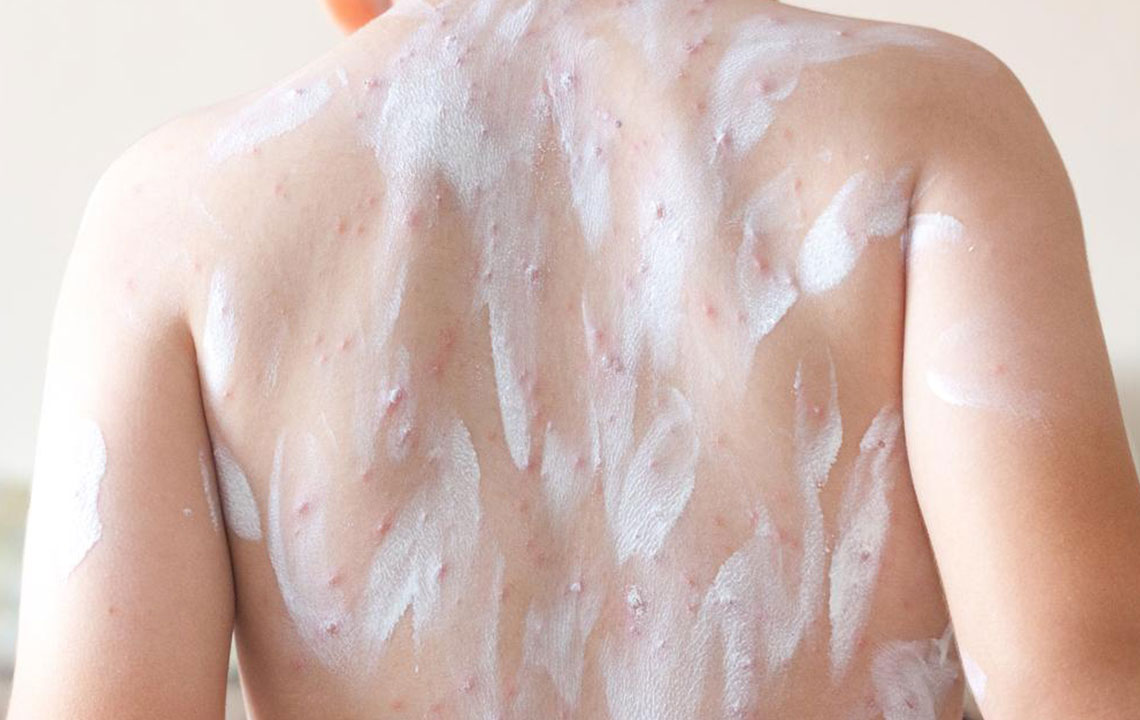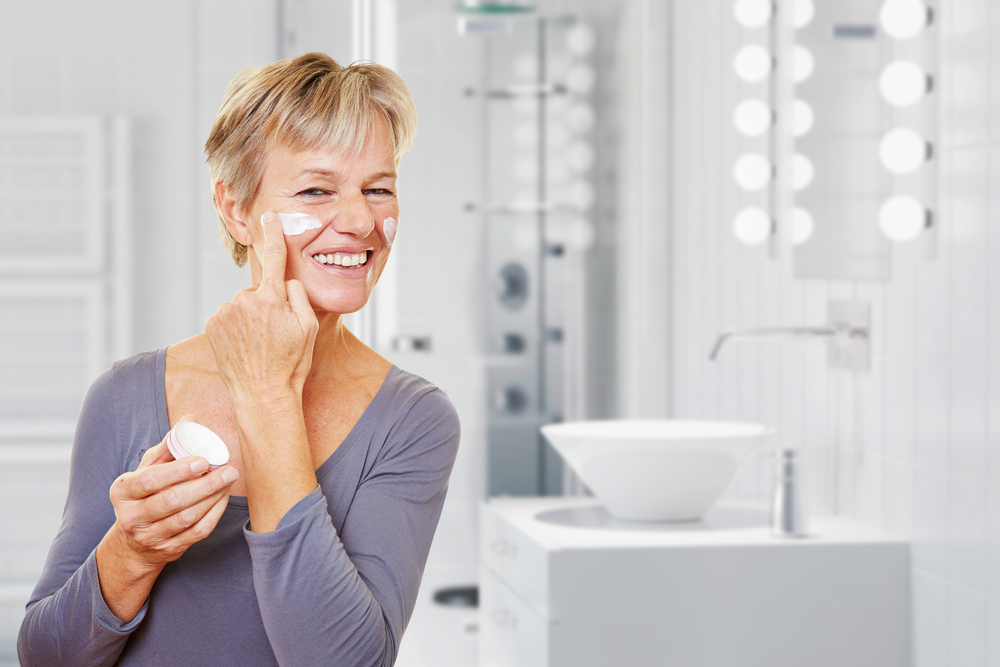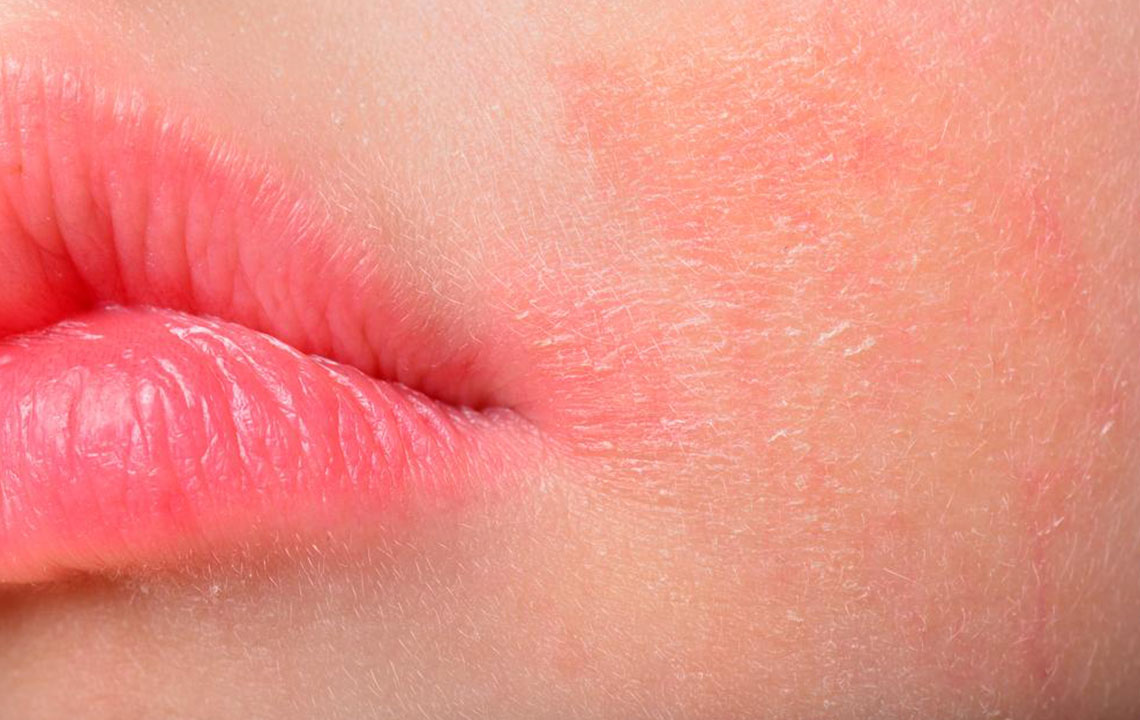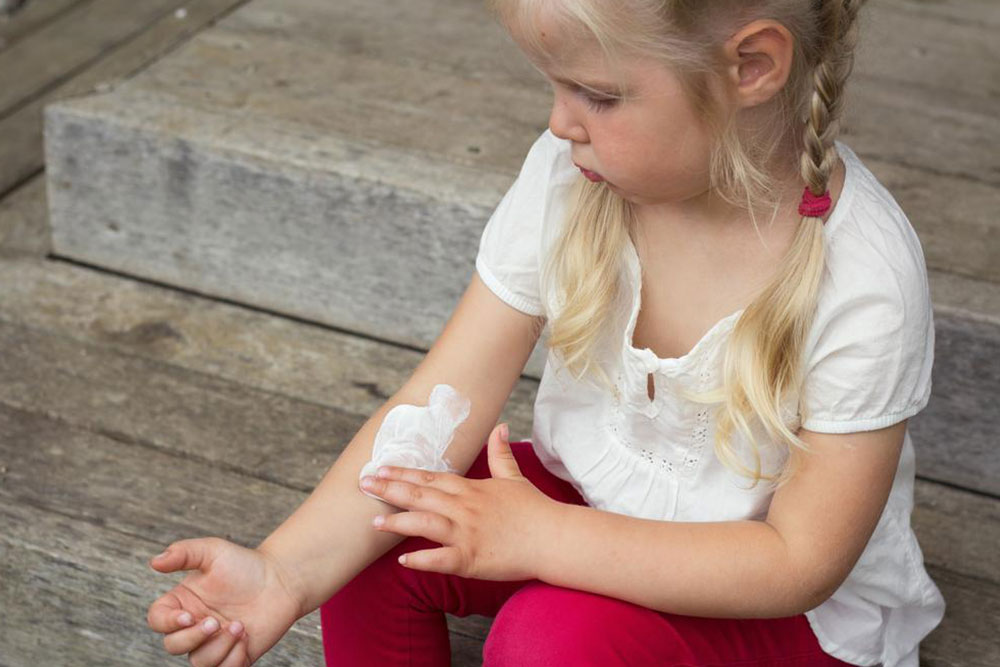Effective Strategies for Managing Atopic Dermatitis
Discover effective management strategies for atopic dermatitis, including moisturizers, topical steroids, phototherapy, and home remedies. Learn how to alleviate itching, hydrate dry skin, and prevent infections through professional treatment and simple home solutions. Always seek medical advice before starting new therapies to ensure proper care tailored to your condition.
Effective Strategies for Managing Atopic Dermatitis
Atopic dermatitis (AD) is a persistent skin disorder, commonly classified as a type of eczema. It is primarily characterized by dry, itchy skin that, if left untreated, can lead to complications like infections. Implementing proper prevention and treatment strategies is crucial for alleviating symptoms and improving quality of life.
While a definitive cure for atopic dermatitis remains elusive, various treatment options can help manage the condition. Below are some of the most effective approaches:
Moisturizers
The cornerstone of atopic dermatitis treatment involves regular use of moisturizers to combat dryness.

The best practice is to apply moisturizers immediately after bathing on damp skin. Different types include:
Lotion: Comprising water and oil, lotions are lightweight and spread easily. They are effective for mild cases but may not be sufficient for severe dermatitis, as water can evaporate quickly, leaving skin dry.
Creams: These are semi-solid emulsions with a higher oil content than lotions, providing better hydration, making them suitable for daily use on dry skin.
Ointments: Thick, greasier formulations with high oil content, ointments are ideal for sensitive skin and provide maximum moisture retention.
Topical Steroids
Over-the-counter low-potency corticosteroids like hydrocortisone creams can offer quick relief for flare-ups. Applying after moisturizing enhances their effectiveness.
Oral Antihistamines
These can be used to temporarily soothe itching and allergic reactions but are generally not a standalone treatment. They help alleviate persistent dry skin and discomfort.
Phototherapy
Utilizing light therapy, especially narrowband ultraviolet B (NB-UVB), can be beneficial for patients unresponsive to standard treatments. Sessions are typically scheduled two to three times weekly for optimal results.
Consult a healthcare professional before starting any treatment plan. Additionally, exploring images and descriptions of atopic dermatitis can help with early recognition and management.
Home Remedies for Symptom Relief
Beyond medical treatments, certain home remedies can temporarily ease symptoms like itching and inflammation:
Oatmeal Baths: Soothing and hydrating, they help reduce irritation.
Epsom Salt Baths: Aid in decreasing inflammation and relaxing muscles.
Cold Compress: Applying a cool, damp cloth can diminish itching and swelling.
Aloe Vera Gel: Offers anti-inflammatory and cooling effects to promote healing.
Bleach Baths: Under medical guidance, help control bacterial overgrowth, reducing infection risks.
Note: This blog provides general information intended to educate. Always consult a healthcare professional for personalized advice before starting any treatments. For visual references and more about symptoms, online images of atopic dermatitis can be helpful.










